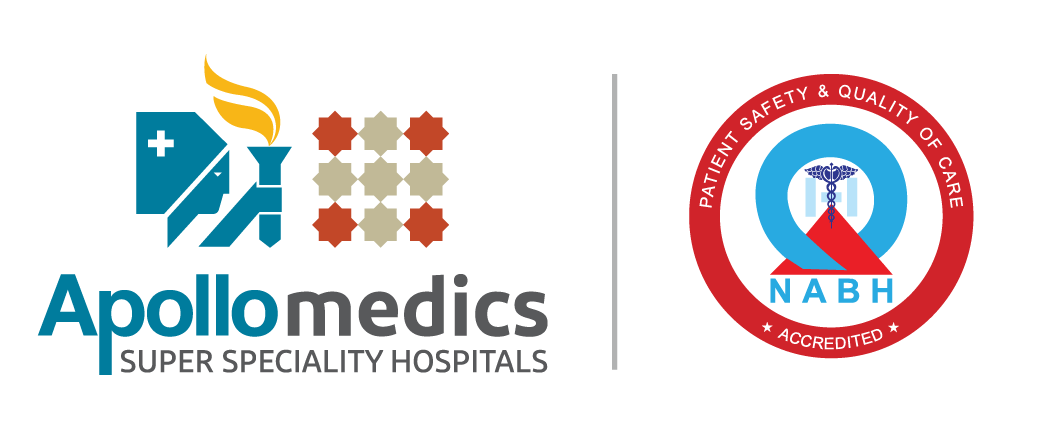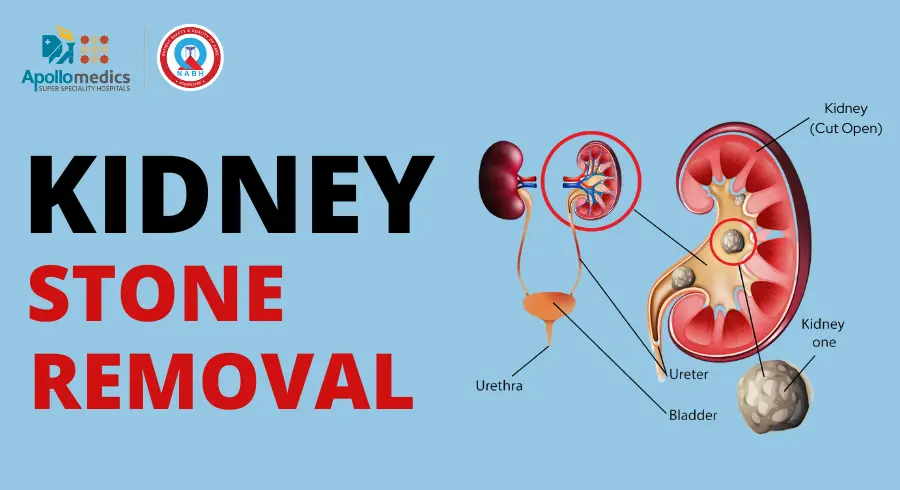Kidney stones are small, hard deposits that form in the kidneys and can cause severe pain and discomfort. While some kidney stones can pass on their own, others may require medical intervention to remove them. In this blog, we will discuss the symptoms of kidney stones, the various methods used to remove them, and the recovery process.
Symptoms of Kidney Stones
The symptoms of kidney stones can vary depending on the size and location of the stone. Some common symptoms include:
- Severe pain in the side and back, below the ribs
- Pain that radiates to the lower abdomen and groin
- Painful urination
- Pink, red, or brown urine
- Nausea and vomiting
- Fever and chills (if an infection is present)
If you are experiencing any of these symptoms, it is important to seek medical attention from the best urologist in Lucknow and get the best expert advice.
Methods for Kidney Stone Removal
There are several methods used to remove kidney stones, including:
Percutaneous Nephrolithotomy (PCNL)
Percutaneous nephrolithotomy involves making a small incision in the back and using a scope to locate and remove the kidney stone. This procedure is typically performed under general anesthesia and may require a short hospital stay.
Open Surgery
Open surgery is a more invasive option that involves making a larger incision in the back to remove the kidney stone. This procedure is typically only used in rare cases where other methods have been unsuccessful.
Retrograde Intrarenal Surgery (RIRS)
RIRS (Retrograde Intrarenal Surgery) is a minimally invasive method used to remove kidney stones that are located in the kidney or upper ureter. It is a minimally invasive procedure that involves using a small, flexible scope to locate and remove kidney stones. The scope is inserted through the urethra and into the bladder, then up into the ureter and kidney. Once the scope is in place, a laser is used to break up the stone into smaller pieces that can be easily removed.
Recovery after Kidney Stone Removal
The recovery process after kidney stone removal can vary depending on the method used. In general, most people can expect to experience some pain and discomfort for several days after the procedure. Your doctor may prescribe pain medication to help manage your symptoms.
You may also be instructed to drink plenty of fluids to help flush out any remaining stone fragments. It is important to follow your doctor’s instructions for aftercare to ensure a smooth recovery.
Conclusion
Kidney stones can be a painful and uncomfortable condition, but there are several methods available to remove them. If you are experiencing symptoms of kidney stones, it is important to seek medical attention as soon as possible. With proper treatment and aftercare, most people are able to make a full recovery and return to their normal activities.



